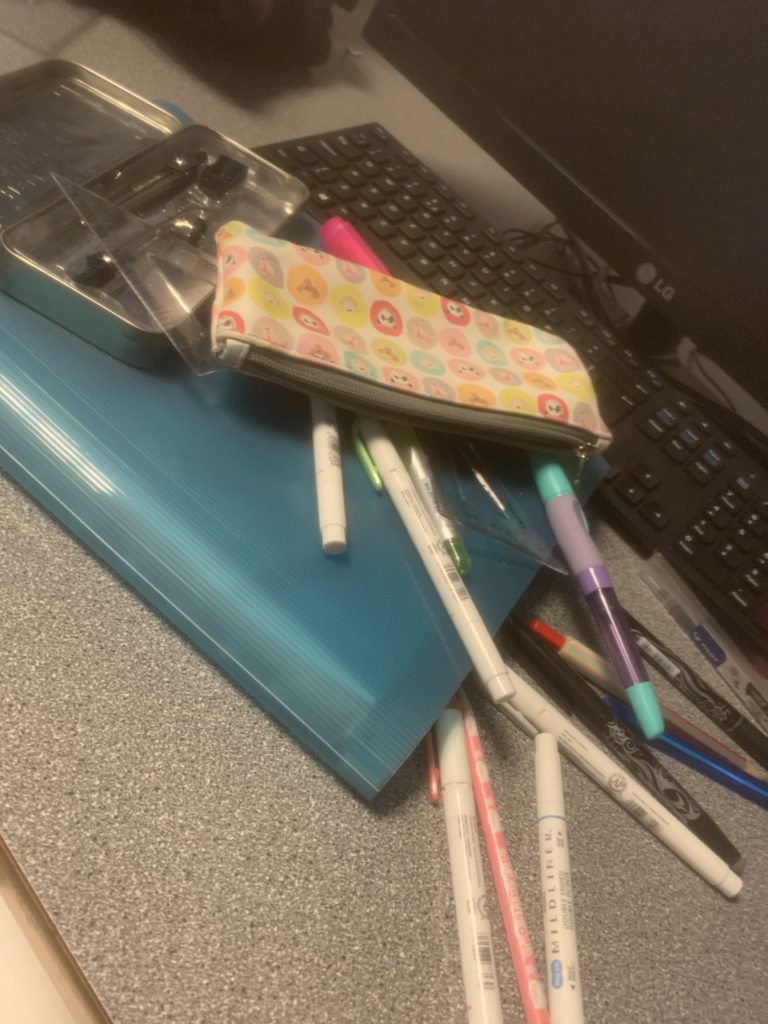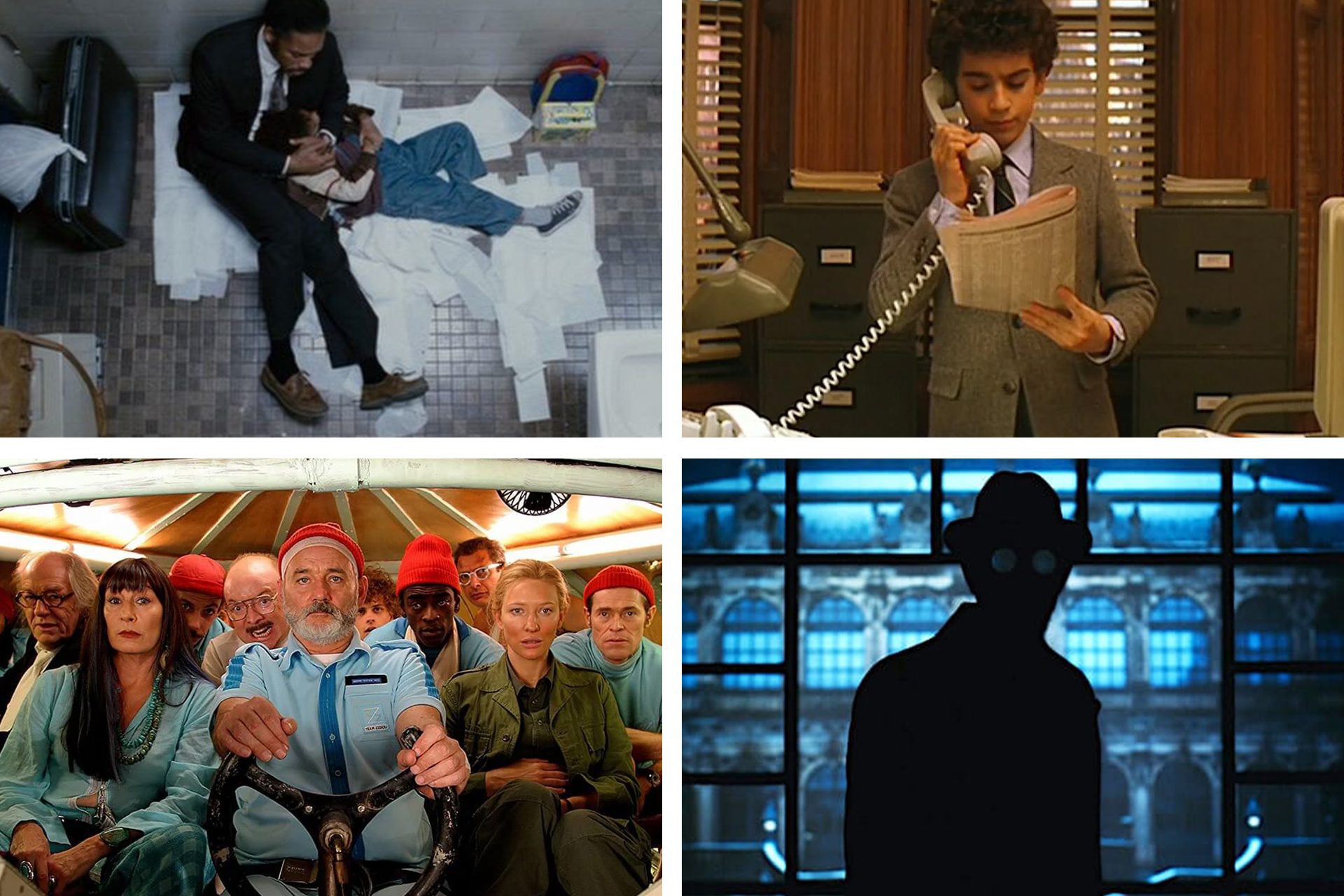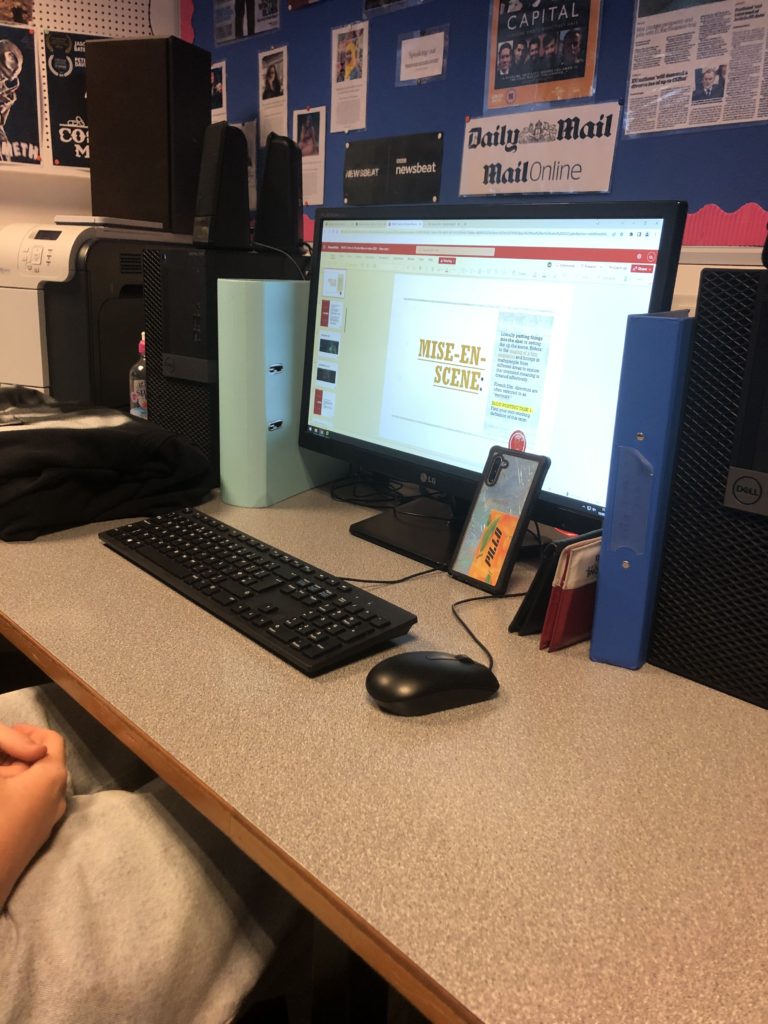What makes a film “good”?
Looking at the recent release of Baz Luhrmann’s glitzy biopic of Elvis that has left many viewers enthralled, all the while creating a stir in the media, but what entices viewers to consume this and leave with a positive review? Biopic films instantly lead to attention within Hollywood; this “difficult” genre shines within the Oscars as highlighted by previous years with wins ranging through multiple categories, perhaps due to a nostalgic familiarity audience feel when watching them, along with a prior understanding.
The recent release of the ‘Elvis’ Biopic partnered with Luhrmann’s signature flamboyant style has bloomed a piece of “cinematic dynamite”. This repetitive technique Luhrmann displays in his films along with the blend of a complex romantic subplot paired with his extravagantly bold lightning-fast editing and cinematography helps him to gain a particularly unique, stand-out style keeping viewers intrigued and connected throughout the duration of the film. The Mise-en-scene in Luhrmann’s ‘Elvis’ is quite spectacular from the revival of the iconic, flashy (stage) costumes to the recreation of Graceland; in the scene of the 1968 special the crew “matched all of the extras to what the real people on that stage looked like. The costuming, the hair, the way that they sat” this attention to detail aids in accentuating the storytelling and leaves the film with an aura of authenticity and rawness, leading it to be put on a pedestal against past ‘Elvis’ biopics.
Furthermore, lighting helps guide the audiences’ reactions. Displayed in this film during moments of tension, rage, sadness where the lighting seems to become neutral or even dull/dark, in oppose to Elvis on stage in the limelight illuminated by these bright lights almost projecting the same vibrancy and energy the audience felt as Elvis would take the stage delivering an electric performance.
Additionally, a film cannot be deemed “good” without a great performance from the actors which is exactly what we receive during this biopic. An all-star cast can hugely impact the budget for a film (this could result in the difference of it being seen as good vs bad) with Tom Hanks fantastically portraying the role of the Colonel and Austin Butler magnificently embodying the central character, Elvis, from his singing to his mannerisms, along with the creative use of makeup to aid this transformation throughout decades, resulting in a sense of realism which is integral for a biopic.
Sound also plays a crucial part in films as it engages the audience whilst guiding an emotional response. Sound is central in making this film good, from the live singing by Butler along with the blended sound between both his voice and Elvis’s as he ages; the use of upbeat remixes over montages; dramatized stage performances all align in making this film powerful and heart wrenching.
Transporting viewers into the film by engaging them through cinematography is another key aspect and it’s done ingeniously in this biopic where viewers are exposed to this era of ‘Rock and Roll’ whilst experiencing Elvis’s influence throughout decades. This look is achieved with multiple lenses, with different ones for different time periods. The first part of Elvis’ life is shot spherical to give a desaturated look with pushed blacks, contrasting to Las Vegas where an anamorphic lenses with period specific glass is used to make the colouring pop. However, when Elvis collapses in the hallway and for his dream and drug experiences a Petzval lens was created to focus onto the centre, resulting in extreme edges, giving the audience an insight into this disorientation/disassociation that’s being experienced. A Steadicam shot, done in one go, was also used; this fantastic 360 shot mirrors Luhrmann’s fast-paced style making this film intriguing. The strategic use of a moving camera acts as if the audience is following Elvis on this journey, which is essentially what Luhrmann desired as the fans were crucial. Overall, many micro and macro elements are needed in a film to make the outcome “good” from a carefully picked genre and narrative to the final editing along with the director’s signature style resulting in a unique viewing experience.







